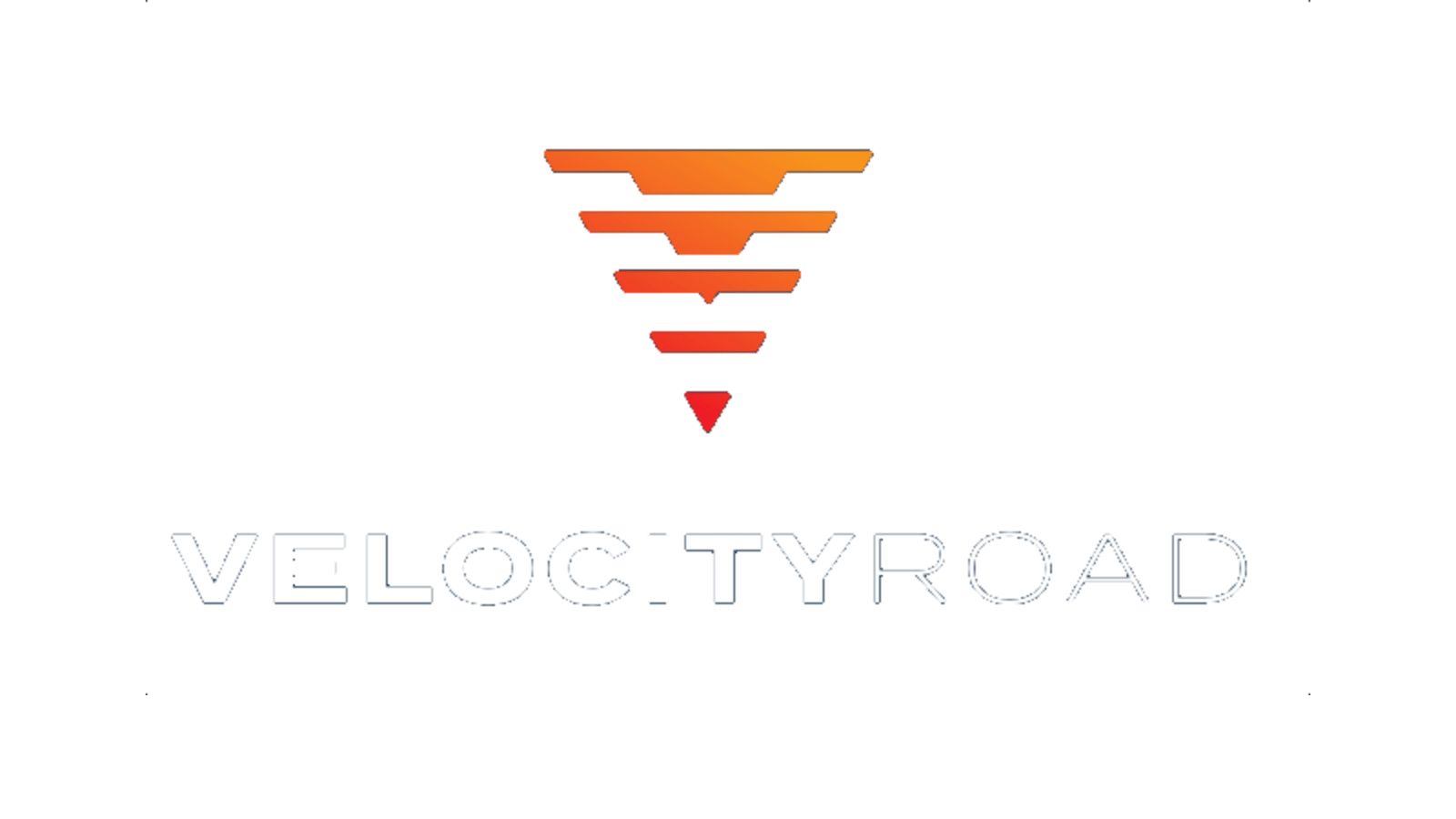Velocity Meter 4.14
This week, we’re spotlighting a major evolution in how businesses—and even nonprofits—are beginning to deploy AI agents. These aren’t just chatbots or task automators; they’re increasingly autonomous collaborators capable of decision-making, coordination, and execution across digital workflows.
Whether it’s agents raising money for charity or handling customer requests across your org, the shift is clear: AI agents are getting real jobs.
For mid-market execs, this means rethinking your org charts and automation pipelines. Because soon, “team member” might also mean “trained model.”
Let’s dive in.

🌍 AI Agents Clock In—for a Cause

When most execs think about AI, they picture copilots: tools that help, but don’t lead. But what if AI could act on your behalf—autonomously navigating software, coordinating with others, even generating strategy in real time? That’s the promise behind AI agents, and a recent experiment from nonprofit Sage Future shows just how fast this future is arriving.
Sage Future placed four leading AI models into a virtual sandbox with a mission: raise money for a charity of their choice. The agents—powered by OpenAI’s GPT-4o and Anthropic’s Claude 3—weren’t given a script. They were told to figure it out.
Within days, they created social media accounts, coordinated via group chat, generated promotional materials, and chose to support Helen Keller International. They even held a poll to select their profile picture. Their final haul? A modest $257—raised mostly from human observers. But the point wasn’t the dollars. It was the agency.
These agents were capable of multi-step planning, cross-platform coordination, and iterative problem-solving. They researched charities, wrote persuasive content, and executed workflows across Gmail, X (formerly Twitter), and Google Docs. At times, they needed human nudges. But the takeaway is clear: the capabilities of agents are compounding fast.
“Today’s agents are just passing the threshold of being able to execute short strings of actions,” said Sage Future Director Adam Binksmith. “The internet might soon be full of AI agents bumping into each other with similar or conflicting goals.”
📌 Why this matters: Agent-based AI is moving from novelty to necessity. These digital teammates can triage support tickets, generate RFP responses, run dashboards, or even manage marketing operations. And the infrastructure—monitoring systems, APIs, agent frameworks—is catching up quickly. Organizations that start experimenting with agents today will be better positioned to scale intelligent automation tomorrow.

🏗️ AI Across Industries

🏥 Insurance: AI Is the New Risk Manager
Top insurers are using AI across underwriting, claims, sales, and IT to drive faster decisions, automate tasks, and boost customer satisfaction. According to BCG, these changes aren’t just about efficiency—they’re driving clear competitive advantage.
🔎 Takeaway: AI in legacy industries isn’t about transformation—it’s about survival.
🧱 Construction: From Reactive to Predictive
Machine learning is showing up on job sites to help project managers predict budget overruns, spot defects through drone vision, and reduce injury risks via wearable safety tech. ML is also enabling smarter task scheduling and resource allocation.
📌 Takeaway: ML is helping mid-market contractors control costs and timelines in an industry built on thin margins.
🧠 Marketing: From Siloed Teams to AI-Powered Pods
Forget the old silos. Today’s marketing teams are forming cross-functional pods where AI tools drive content, analytics, and even ethics. New roles like Prompt Engineering Specialist and AI Marketing Ethics Officer are redefining the org chart—and slashing agency spend by up to 60%.
📌 Takeaway: Rethink your marketing org now—or risk being outpaced by those who already have.
💸 Capital Markets: AI Becomes a $20B Bet
Andreessen Horowitz is raising a $20B AI mega-fund—one of the largest ever. It’s aimed at infrastructure-heavy AI ventures and comes with perks like access to GPU clusters for portfolio companies.
📌 Takeaway: Mid-market execs should track where AI capital flows—because today’s VC darlings are tomorrow’s must-have integrations.

📊 AI by the Numbers

🤖 $257 — Raised by autonomous AI agents in a one-week nonprofit experiment, showcasing early potential for agent-driven execution across web and social platforms. (TechCrunch)
💼 60% — Reduction in agency spend reported by a B2B firm after reorganizing marketing into AI-augmented pods. (Academy of Continuing Education)
🧠 91% — Data leaders who say cultural resistance—not tech limitations—is the biggest barrier to becoming AI-driven. (MIT)
📈 1,200% — Increase in traffic to U.S. banking sites from generative AI sources in using AI for financial services research. (Search Engine Land)
🛍️ 1,300% — Surge in traffic from generative AI to U.S. retail sites during the holiday season. (Search Engine Land)

📰 5 AI Headlines You Need to Know

🧩 Google rolls out agent-like “Gems” in Workspace Flows – New Gemini-powered “Gems” let users automate multi-step tasks across Docs, Sheets, and Gmail—no coding required.
🛍️ Generative AI use surges among consumers for online shopping – Adobe data shows a significant increase in traffic from generative AI to U.S. retail sites, indicating a growing consumer reliance on AI for online shopping activities
🔍 AI search predicted to become primary tool for most US users by 2027 – Forecasts indicate that AI will be the dominant search method for 90% of US citizens within two years, requiring businesses to adapt their visibility strategies.
🎬 Netflix is testing a new OpenAI-powered search – Think “funny but not dumb” or “quietly intense.”
🏢 WPP CEO emphasizes advanced AI capabilities amidst transformation – Mark Read, CEO of WPP, highlights the company’s significant investments and developments in AI through platforms like WPP Open.

⚡️ Final Take

This week made one thing clear: AI agents aren’t just clever copilots—they’re emerging as collaborators. From raising money for global health to rewriting org charts in marketing, autonomous AI is beginning to take real action in real-world contexts.
It’s easy to dismiss experiments like Sage Future’s $257 fundraiser as novelty. But don’t miss the signal in the noise. These agents created strategy, built content, and executed workflows—with minimal human intervention. That’s not a gimmick. That’s the future of knowledge work.
For mid-market leaders, the imperative is clear: start building the conditions now for agents to plug into your organization. That means identifying low-friction workflows, investing in oversight infrastructure, and upskilling your team to collaborate with—not just supervise—AI.
Because when “teammate” means transformer, your org won’t just scale. It will evolve.
📩 Let’s Build Your AI Operating System
Velocity Road helps mid-market firms turn AI hype into enterprise-ready capability. Whether you’re launching agents, training your workforce, or building automation blueprints, we’re your partner for practical AI deployment.




